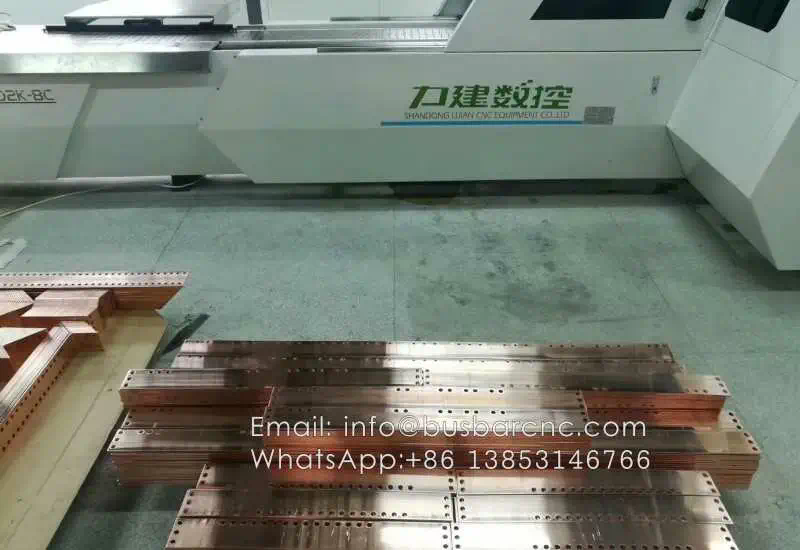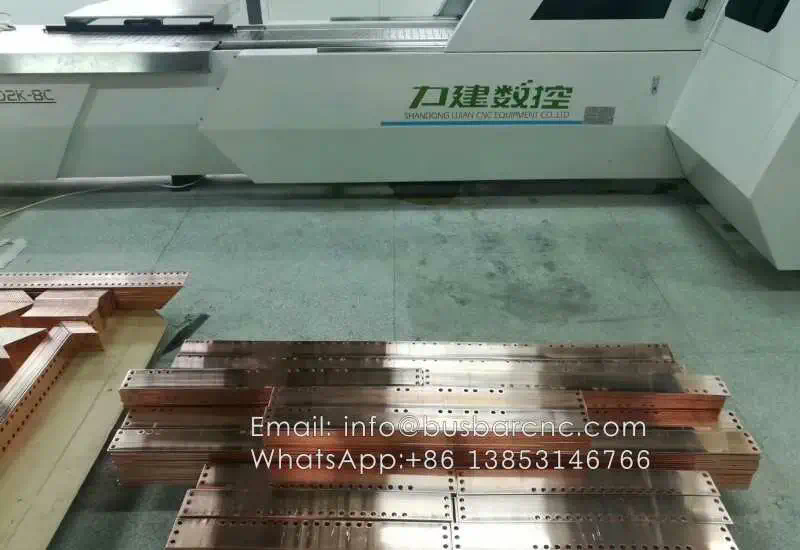CNC Technology in Offshore Engineering
Offshore engineering plays a critical role in the exploration and extraction of natural resources from the seabed. Advancements in technology have revolutionized this industry, with one such breakthrough being Computer Numerical Control (CNC) technology. This article explores the various applications of CNC technology in offshore engineering and its impact on the industry.
CNC technology is a manufacturing process that utilizes computer-controlled machines to execute precise and complex tasks. In offshore engineering, CNC machines are used for a wide range of purposes, including fabrication, drilling, and maintenance. The ability to automate these processes has improved efficiency, accuracy, and safety in offshore operations.
Fabrication is a crucial aspect of offshore engineering, as it involves the construction of various structures, such as platforms, pipelines, and subsea equipment. CNC technology has transformed the fabrication process by enabling the production of intricate and high-quality components. With CNC machines, engineers can design and fabricate complex shapes and structures with utmost precision. This precision ensures that the fabricated components fit together seamlessly, reducing the risk of leakage or structural failure.
Drilling is another area where CNC technology has made significant advancements. Offshore drilling requires precision and accuracy to ensure successful extraction of resources from beneath the seabed. CNC machines equipped with advanced drilling tools can operate with pinpoint accuracy, minimizing the chances of errors or deviations. This not only improves the efficiency of drilling operations but also reduces the time required for completion. Additionally, CNC machines can be programmed to adjust drilling parameters based on real-time data, optimizing the drilling process for maximum productivity.

Maintenance is a critical aspect of offshore engineering to ensure the longevity and reliability of offshore structures and equipment. Traditionally, maintenance tasks were labor-intensive and time-consuming. However, with the introduction of CNC technology, maintenance activities have become more efficient and cost-effective. CNC machines can be used for tasks such as welding, cutting, and surface treatment, eliminating the need for manual labor and reducing the risk of human error. Furthermore, CNC machines can operate in harsh offshore environments, making them ideal for maintenance tasks in challenging conditions.
One of the key advantages of CNC technology in offshore engineering is its ability to enhance safety. Offshore operations are fraught with risks, and any errors or deviations in fabrication, drilling, or maintenance can have severe consequences. By automating these processes with CNC machines, the reliance on manual labor is reduced, minimizing the chances of accidents or injuries. Additionally, CNC machines can be programmed to follow strict safety protocols, ensuring compliance with industry regulations and guidelines.
In conclusion, CNC technology has revolutionized offshore engineering by improving efficiency, accuracy, and safety. From fabrication to drilling and maintenance, CNC machines have transformed the way tasks are performed in the offshore industry. The ability to automate these processes has not only increased productivity but also reduced the risk of errors and accidents. As technology continues to advance, it is expected that CNC technology will play an even more significant role in shaping the future of offshore engineering.
